10 Essential Ingredients in Thai Cooking
Featured, Understanding Spices
Your cart is empty.
SUBTOTAL
£0.00

Featured, Understanding Spices
Thai cuisine is known for its complex flavours and mix of sour, sweet, bitter and salty. If you’re looking to cook more Thai dishes at home, the first thing you need to do is source all the essential ingredients that make Thai food so unique and flavoursome. This guide will give you an idea of the top ten most important Thai ingredients to have on your shopping list.
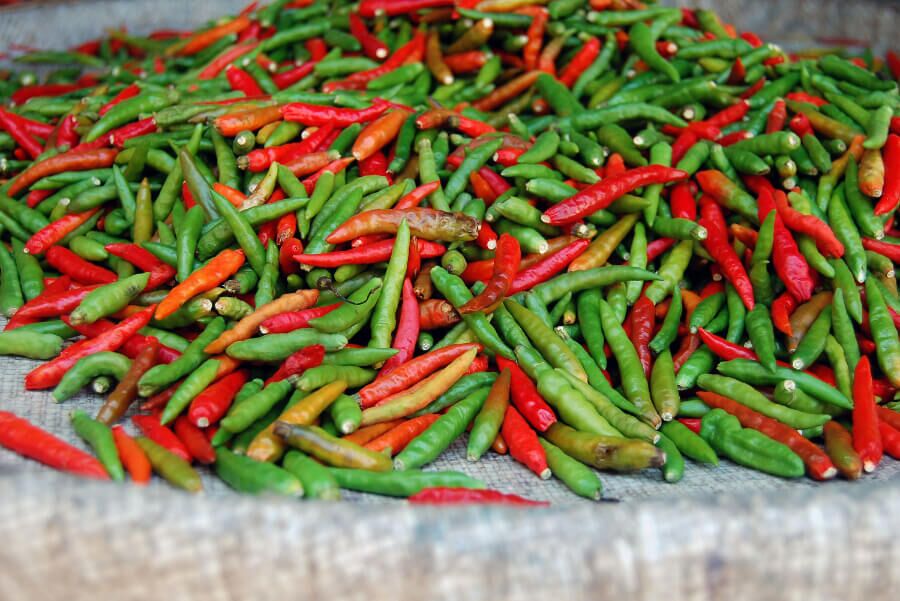
Chillies are ubiquitous in Thai cuisine, especially bird’s eye chillies, or phrik khi nu. These have a powerful punch and are used in everything from curry paste to stir-fries and salads. Chopped fresh chillies are also added to fish sauce to use as a condiment to accompany noodle and rice dishes. If you can’t find bird’s eye chillies, you can also use the larger and milder red chillies, or phrik daeng. These make a good substitute if you’re not looking for anything too explosive. Dried red chillies are sometimes used in curry pastes, and dried chilli flakes are used as a table seasoning.
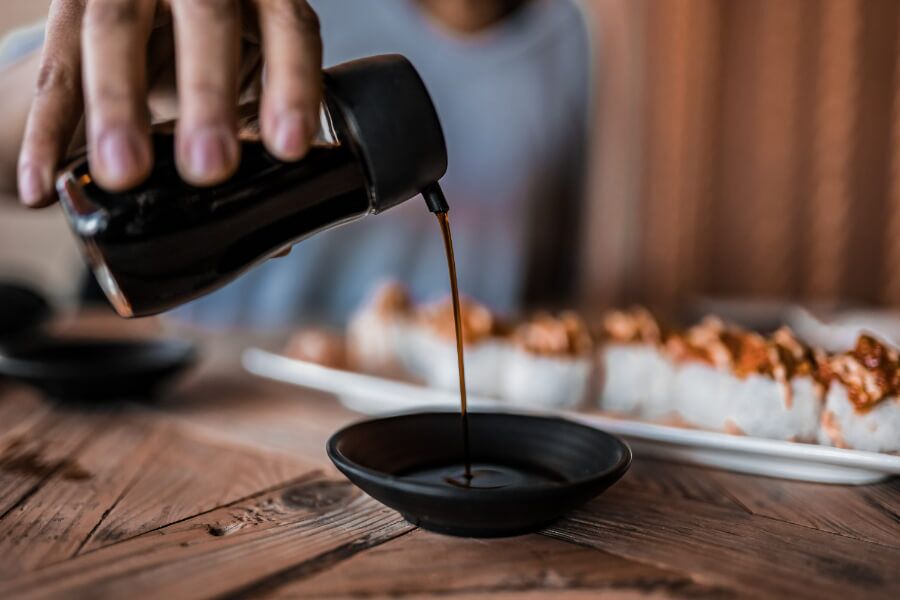
Known in Thai as nam pla, fish sauce is the backbone of Thai cooking. It’s made from the runoff of fermented anchovies which are layered with salt in large barrels. The resulting sauce has an umami-rich, salty flavour which adds savouriness to salads, curries, soups, stir-fries and marinades—similar to the way that soy sauce is used in Chinese and Japanese dishes. When shopping for fish sauce, make sure to read the ingredients list first. Some brands only contain anchovies, salt and water, but others may contain sugar to balance the salt. Fish sauce has over 1,000mg sodium per tablespoon, so it should be used sparingly. Shrimp paste is a healthier alternative to fish sauce and can be used in the same way.

Lemongrass is one of the most commonly used herbs in Thai cooking. This tall, perennial grass smells like lemon, but has a softer and sweeter taste without the acidic edge. It can be used whole, crushed or sliced in soups, curries, salads and sauces. If you’re using it in liquid-based dishes, make sure to bruise and bend the stem first to help release the flavour. Read more about lemongrass’s health benefits and how it’s used here.
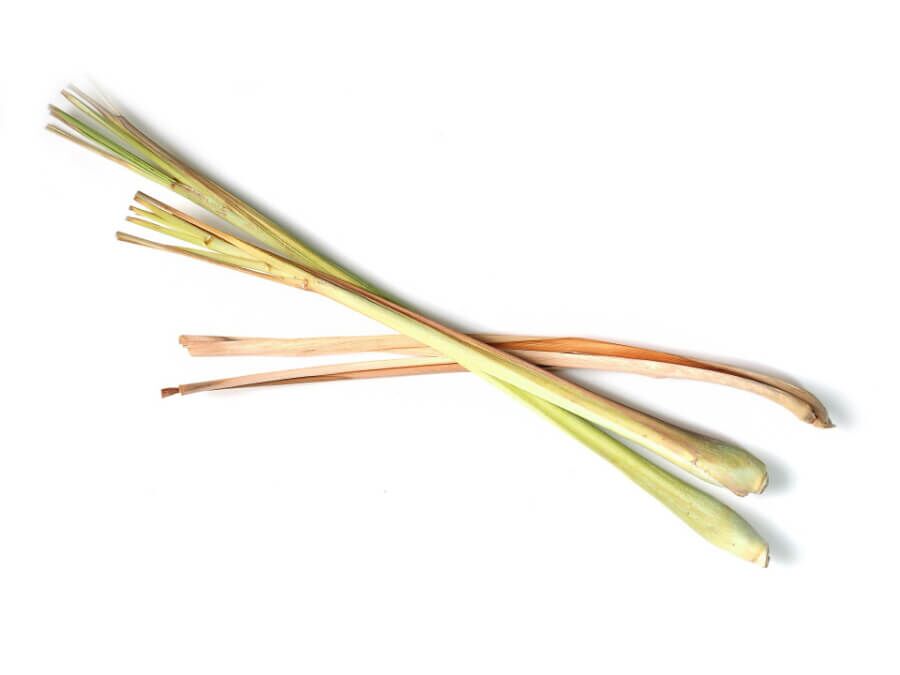
Lemongrass is one of the most commonly used herbs in Thai cooking. This tall, perennial grass smells like lemon, but has a softer and sweeter taste without the acidic edge. It can be used whole, crushed or sliced in soups, curries, salads and sauces. If you’re using it in liquid-based dishes, make sure to bruise and bend the stem first to help release the flavour. Read more about lemongrass’s health benefits and how it’s used here.
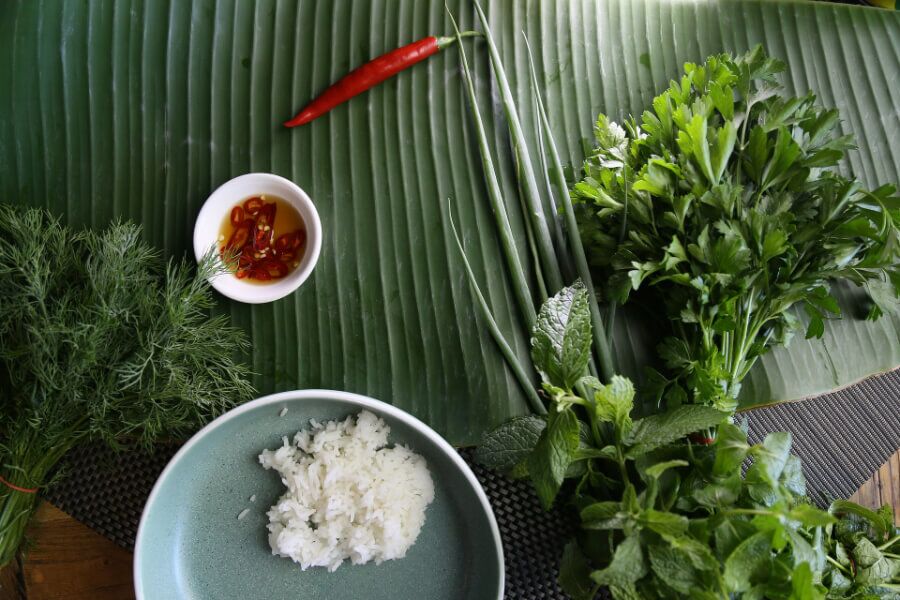
Fresh herbs are an irreplaceable element of many Thai dishes. Coriander is mostly used for seasoning soups, sauces and curry pastes and adds a refreshing taste to dishes. Thai mint, called saranae in Thailand, is the sweetest and most intensely-flavoured member of the mint family. The leaves are added to salads, soups, omelettes and stir-fries. Another commonly used herb in Thai cooking is basil, but not the Italian kind that’s added to pasta. Thai basil has a sweet, anise-like flavour and can withstand high temperatures, making it suitable for soups, curries and stir-fries. On the other hand, holy basil has a spicier and more peppery taste. It’s used in gai pad grapow, one of the more well-known street foods which is chicken with holy basil. It’s also added to dishes as an aromatic with garlic, fish sauce and chillies.

Rice is used both in main courses and desserts in Thai cooking. Jasmine rice, also known as Thai fragrant rice, is most commonly used in main courses. This aromatic long-grain rice is fragrant and slightly nutty in flavour compared to basmati or other long-grain rice. Northern Thai cuisine uses sticky or glutinous rice, which clumps together easily. This makes it perfect for eating with your hands and dipping into soups and sauces. Glutinous rice is often used in desserts such as the classic mango sticky rice, which is made with coconut milk and fresh mango.

As well as rice, noodles are a staple in Thai cuisine. From pad thai to pad kee mao, noodles come in handy in many different dishes and are always good to have in your cupboard. The main kind of noodles used in Thailand are rice noodles, which usually come in different sizes: 1mm, 3mm, 5mm and 10mm. For stir-fried noodle dishes, wide rice noodles are the best choice, while thinner noodles and rice vermicelli are the perfect addition to noodle soups.

Limes are used in Thai cuisine to add saltiness and tartness to marinades, salads, dressings, dipping sauces and meat dishes. Kaffir limes are also used, and their skins and leaves have a wonderful aroma. Although the fruit doesn’t yield much juice, the essential oils really enrich curries, soups and cooking pastes. If you’re cooking a dish with a smoother texture, then powdered kaffir lime leaves are a better choice.
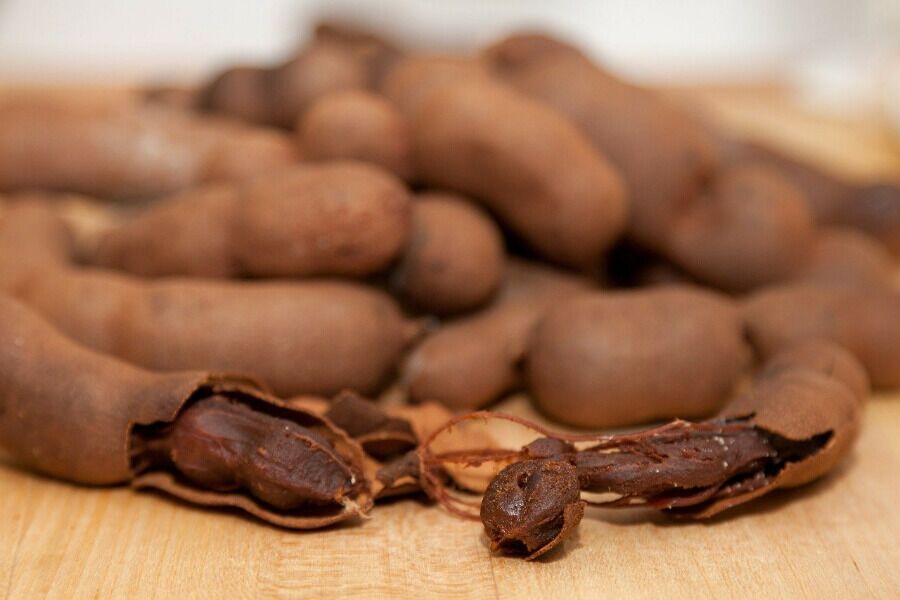
Tamarind is a reddish-brown fruit with a pulpy, pasty texture. It has a sweet and sour flavour, without the sharpness of lime. It has an important role in Thai cooking, and is added to dishes like papaya salad, dips, pad thai and kaeng som (sour fish and vegetable soup). It’s recommended to soak the paste in water beforehand—this reduces the intensity of its flavour and makes sure that it’s spread evenly throughout the dish.
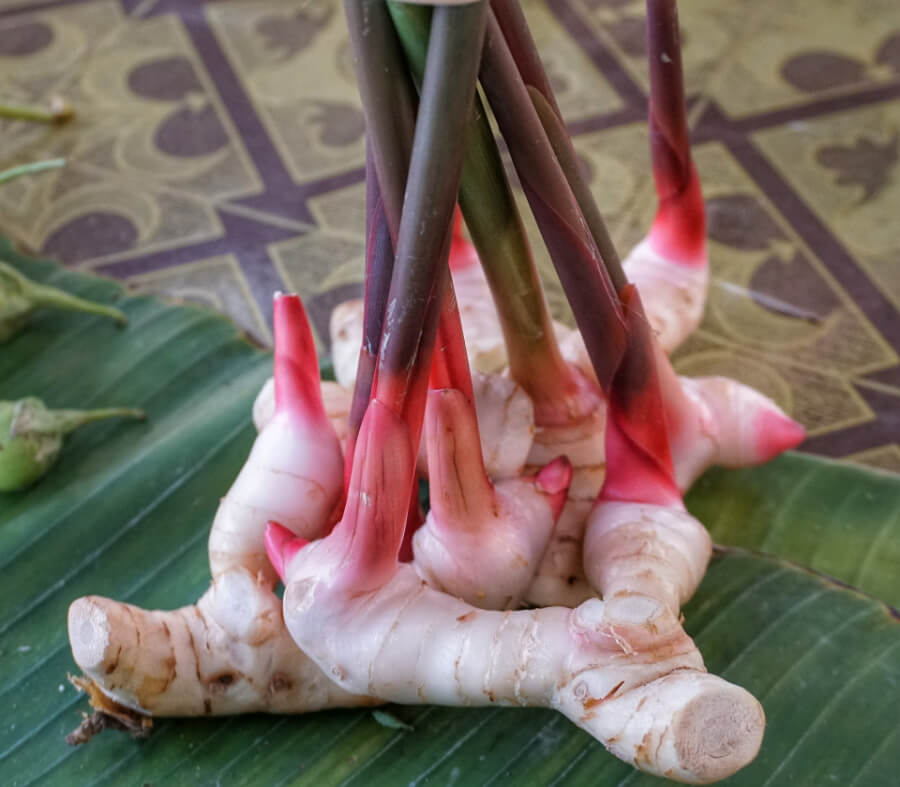
Galangal is a commonly used herb in Thai cuisine. Although it looks similar to ginger, they have a completely different flavour and scent. Galangal has a floral, citrusy and zingy scent, with an almost nutty flavour, whereas ginger is sharper and spicier. Chopped galangal is added to stir-fries, curry pastes and soups like the famous tom kha gai (Thai chicken coconut soup). You can also use ground galangal for dishes with smoother textures.
Understanding Spices
Spices have long been integral to the UK's culinary landscape, adding depth, flavours, and richness to a myriad of dishes. From the pungent aroma of cumin in Indian curries to...
Read MoreUnderstanding Spices
Confetti is an essential part of any wedding day. Not only is it a wonderful way to greet a newlywed couple, but it also provides some beautiful photo opportunities. The...
Read MoreSeasonal Ideas
It’s no secret that any handmade gift will always be more special than a store-bought one. Homemade food gifts are especially wonderful, a labour of love that shows someone you...
Read MoreHealth and Wellbeing
It’s no secret that winter’s cold and gloomy weather makes us crave indulgent dishes like fondue and baked goods like sticky toffee pudding and apple crumble. While Christmas is the...
Read More